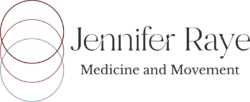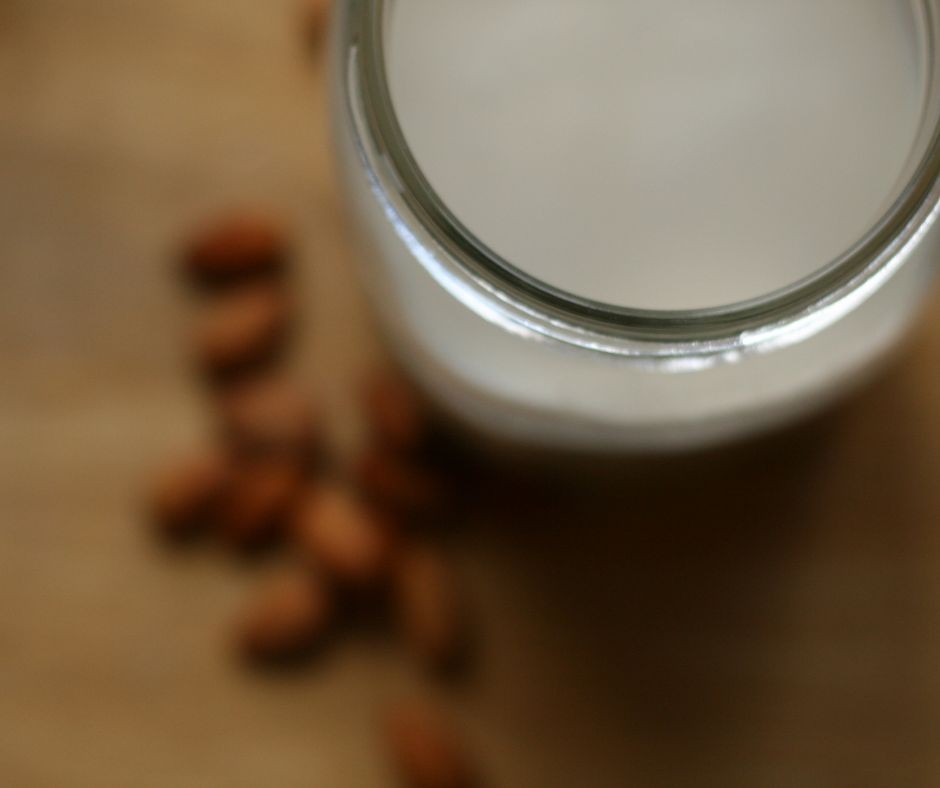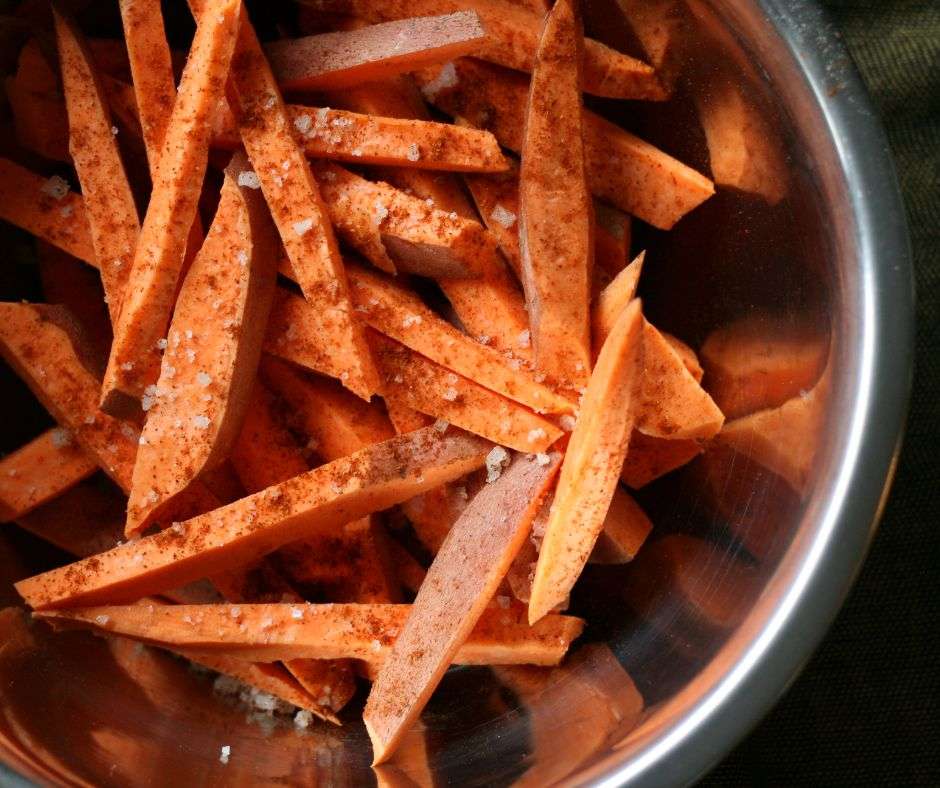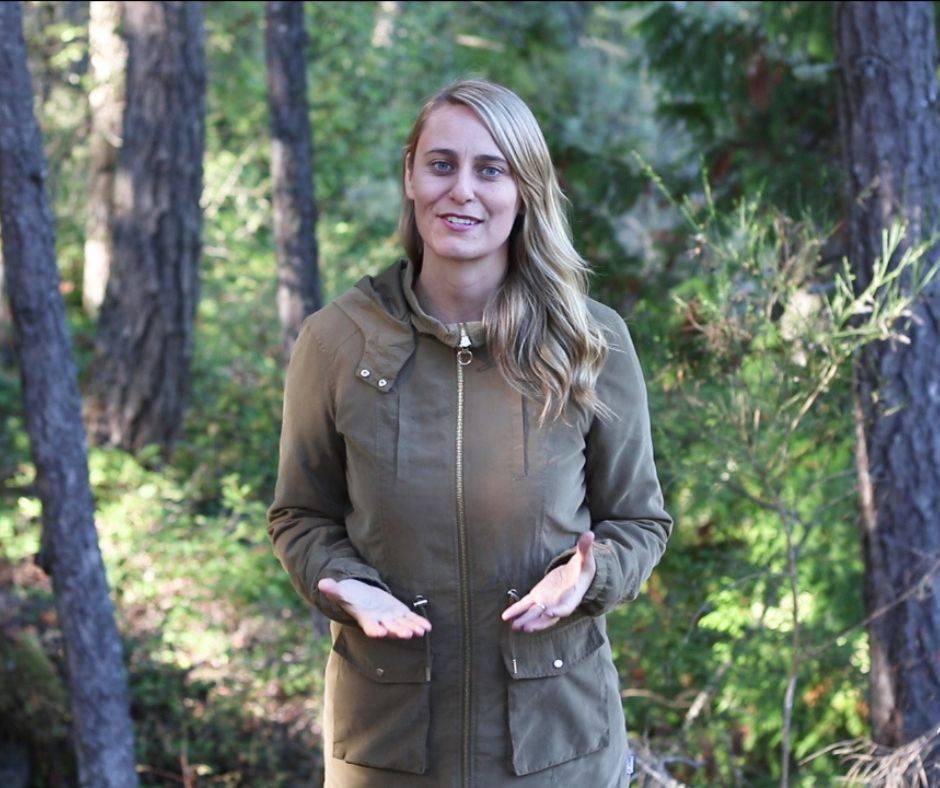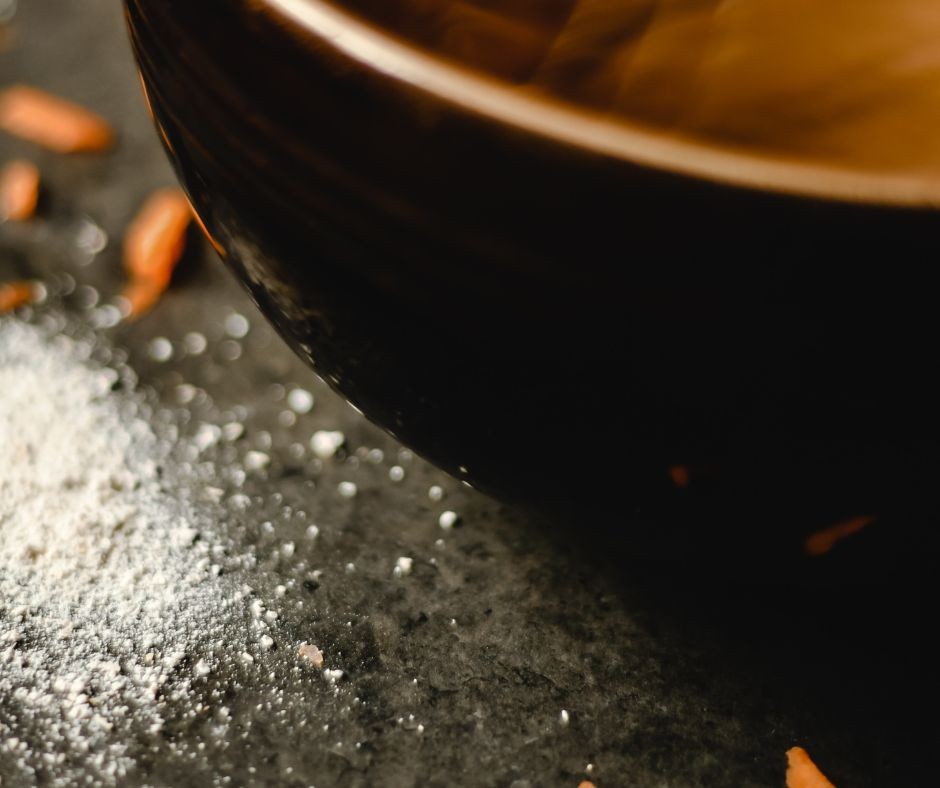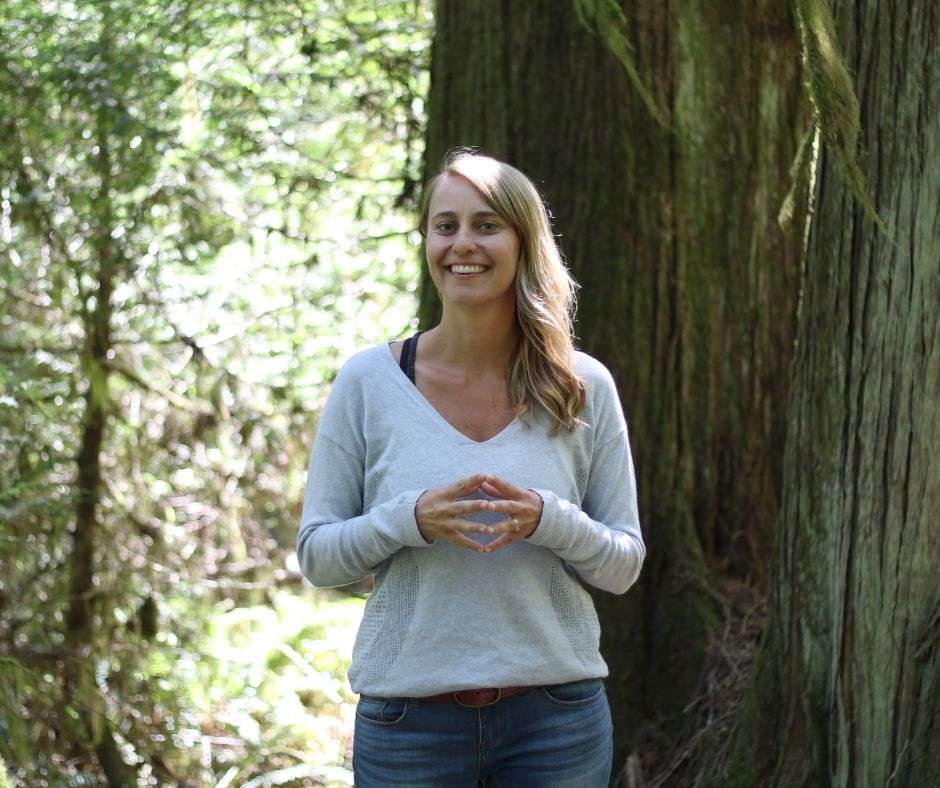Almonds are used in healing diets to restore and nourish all tissue layers of the body. Almonds are the oldest cultivated nut and are considered the most medicinal nut available.
Almonds are thought to reduce vata in Ayurvedic medicine. They support the nervous, digestive, and reproductive system as well as being very nourishing for the skin. Energetically, they’re considered cooling and nutritive. As kitchen medicine, they help to relieve dry coughs, constipation, Kidney stones, and Gall stones. A number of substances in almonds have been shown to have an anticancer effect. Almonds also contain protein, B vitamins, calcium, potassium, iron, phosphorus, and high levels of vitamin E.
The best way to consume almonds is to soak them overnight. This will help to remove the brown skin which can irritate the stomach. Just rub the nut in your fingers after soaking and the skin should slide off. Eat almonds raw or lightly toasted. When you buy almonds, however, be sure to buy almonds that still have the brown skin as this somewhat protects the nut from going rancid.
Check out the video and recipe below to get the quick low down. Hope you enjoy!
How to Make Almond Milk
Almond milk is a wonderful and delicate dairy and soy free beverage. Making your own fresh almond milk is easy, cheap, and healthy, and it provides much more vitality than commercially available products. Plus, making your own reduces the need for packaging and transport.
Ingredients:
- 1 cup almonds
- 6 cups water
- 4 medjool dates or maple syrup to taste
Directions:
- Soak almonds in water overnight. Discard soak water after soaking.
- Rinse and optionally remove the brown skins.
- Combine water, dates and almonds
- Add pitted dates or maple syrup
- Blend until smooth
- Pour through a cheesecloth or nut milk bag. You could save the remaining pulp for baking.
- Milk should last 3-5 days in the refrigerator. Enjoy!!
